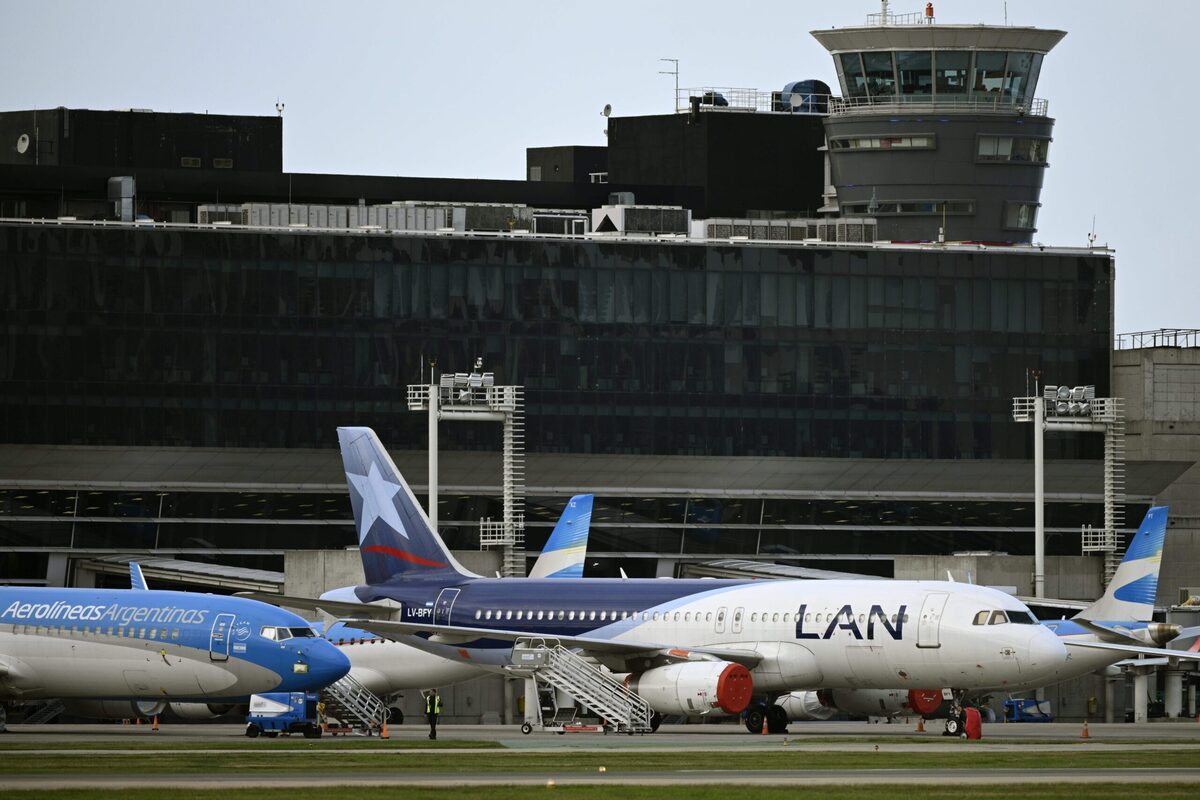Table of Contents
Search Cheap Flights and hotels
Argentina has grabbed headlines as one of the most restrictive countries for commercial aviation worldwide. In an attempt to contain the COVID-19 pandemic, the Argentinian Government ceased operations for all airlines in the country for more than six months. Now, it is just reopening. But, how hard has the hit been?

2020 is the 99% decrease year
When 2020 began, Argentina was already in some trouble. According to the Civil Aviation Authority in the country (ANAC), January 2020 posted passenger traffic numbers below the average. In this month, the domestic traffic decreased by 0.1% compared to January 2019, while the international traffic fell 17.5%.
In February, the commercial traffic remained on the same levels. But in March, Argentina saw the first hits of the COVID-19 pandemic that was just entering Latin America. Domestically, it saw a 49.4% decrease in the number of passengers. Internationally, the drop was 52.5%. On March 16, the Argentinian Government closed its borders for international travelers. This closure is still valid today, almost eight months later. In the meantime, Argentina has 1.25 million COVID-19 cases, the seventh most worldwide.
On March 28, Argentina suspended all domestic flights within the country, except for those authorized by the Government. What could only be described as a nightmare for any airline began at that moment.
Since April, domestic traffic has remained stable at a 99.4% to 99.8% decrease compared to last year. International traffic has had a slightly better performance, as in October, it had a 96.1% decrease compared to 2019.
Even though Argentina has allowed the resumption of certain domestic and international routes, the market still has a long way to recovery. And maybe, it won’t fully recover at all.
Check prices and Book Cheap flights and hotels Now

How are the airlines surviving?
In January, Argentina had seven domestic airlines, according to ANAC. There was Aerolíneas Argentinas and Austral (both of which are State-owned and will merge in the next months). The private airlines were LATAM Argentina, Flybondi, Norwegian, JetSMART, and Andes. So far, Norwegian has ceased operations in Argentina and sold its assets to JetSMART (although it wasn’t COVID-19 related). LATAM Argentina, as well, has ceased domestic operations in the country.
By October, only four domestic airlines remain operating in the country. Andes, although it hasn’t disappeared, didn’t transport any passengers during this month. Between Aerolíneas Argentinas, Austral, Flybondi, and JetSMART transported 8,172 passengers in October. But, 99% of that traffic was absorbed by the State airlines. Flybondi transported only 65 passengers and JetSMART, a whopping 12 people.
So far, only the load factor of Austral is above 50%. JetSMART’s load factor is 4%, Flybondi’s 9%, and Aerolíneas Argentinas 48%.
Aerolíneas and Austral are surviving thanks to the Argentinian Government. But for the privately-owned airlines in Argentina, their survival at this point is nothing more but a miracle.
If the Argentinian Government maintains its restrictions so far, JetSMART and Flybondi’s future in the country could be in doubt. Maybe it already is.

What about the international carriers?
Recently, the Argentinian Government authorized 23 foreign carriers to operate in the country. Some of the airlines are Boliviana de Aviación, Qatar Airways, KLM, LATAM Chile, Lufthansa, American Airlines, United Airlines, Air France, British Airways, LATAM Peru, Aeromexico, Sky Airline Peru, Ethiopian Airlines, LATAM Brazil, and more.
Still, the country maintains severe restrictions, and the people allowed into Argentina must travel for work reasons. The passengers must have valid authorization from the Argentinian Embassies.
This lack of certainty has made some airlines, like Air New Zealand and Emirates, cease their international operations in Argentina.
In October, Argentina received 43,808 international passengers. Aerolíneas Argentinas and Austral accounted for 27.8% of the total. American Airlines was the largest international carrier, with 8,551 passengers or a 19.52% market share. LATAM, which before the pandemic was the second most important international carrier in the country, accounted for only 3.08% of the total international traffic. GOL, which held fourth place in 2019, is still to reactivate its international operations.
What do you think of Argentina’s decisions so far? Let us know in the comments.



